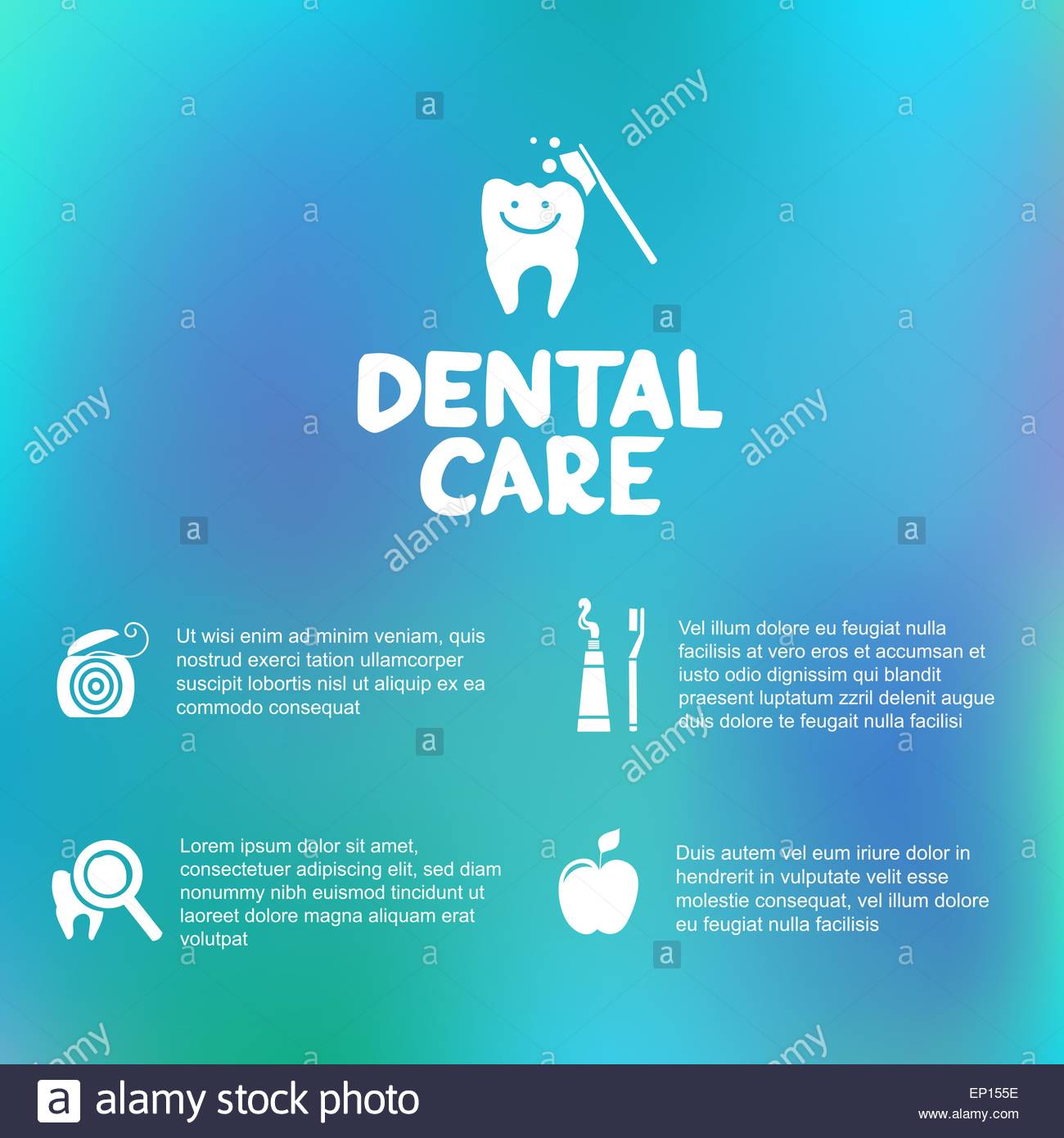Prepare Yourself For Unanticipated Dental Emergency Situations By Being Able To Determine The Signs Of Injury And Recognizing The Proper Time To Seek Instant Medical Interest
Prepare Yourself For Unanticipated Dental Emergency Situations By Being Able To Determine The Signs Of Injury And Recognizing The Proper Time To Seek Instant Medical Interest
Blog Article
Article Writer-Montoya Albright
If you feel an abrupt jolt of pain or observe a tooth injury, it can be upsetting. Yet exactly how do you identify if it's an oral emergency situation that calls for instant focus? Recognizing the critical indicators and understanding when to seek aid can make all the difference in preserving your dental health. Recognizing when to act quickly can suggest the distinction in between a quick fix and more considerable treatment.
Common Kind Of Dental Injury
What're the usual types of dental injury that you should understand?
what to do before wisdom teeth removal can happen, resulting in different sorts of oral injuries. One typical type of oral trauma is a fractured tooth. This can occur from attacking down on something hard or experiencing a strike to the face.
One more type is a damaged tooth, where a part of the tooth can chip off. Furthermore, just click the next post may experience a knocked-out tooth, which can occur throughout sports or falls. It's vital to manage the tooth carefully and seek prompt oral focus.
Oral trauma can likewise include a tooth that has actually been pushed out of setting or loosened up because of an injury. This kind of injury needs timely therapy to conserve the tooth.
Lastly, soft cells injuries in the mouth, such as cuts, can also occur from crashes. Learning about these common kinds of dental injury can help you act promptly and appropriately in case of an emergency.
Indicators of Dental Emergency Situations
Acknowledging the indications of oral emergency situations is vital for timely activity and correct treatment. If you experience severe tooth discomfort that's constant and throbbing, it could indicate an underlying problem that requires immediate attention.
Swelling in the gums, face, or jaw can additionally suggest a dental emergency, especially if it's accompanied by discomfort or high temperature. Any kind of type of trauma to the mouth resulting in a fractured, damaged, or knocked-out tooth needs to be dealt with as an emergency situation to stop further damage and prospective infection.
Hemorrhaging from the mouth that does not stop after applying pressure for a couple of minutes is one more red flag that you should look for emergency oral treatment. In addition, if you see any indicators of infection such as pus, a foul taste in your mouth, or a high temperature, it's essential to see a dental professional as soon as possible.
Disregarding these indications can bring about a lot more major complications, so it's crucial to act promptly when faced with a prospective dental emergency.
Relevance of Immediate Treatment
Trigger activity and prompt treatment are crucial in addressing oral emergencies to avoid further issues and make sure optimal end results for your dental wellness.
When confronted with an oral emergency situation, such as a knocked-out tooth or extreme toothache, looking for instant treatment can make a significant distinction in saving your tooth and easing pain. Delaying treatment can lead to infection, raised pain, and even irreversible damages to your teeth and gum tissues.
By looking for emergency situation oral treatment without delay, you increase the opportunities of effective therapy and reconstruction. Dental experts have the required abilities and devices to address emergencies properly, lowering the risk of long-term consequences.
Furthermore, immediate treatment can assist manage pain and discomfort, allowing you to resume your everyday tasks without disturbance.
Conclusion
Finally, recognizing oral trauma and understanding when to seek emergency treatment is critical for maintaining dental health and wellness.
By identifying typical types of dental injuries and the indicators of oral emergency situations, you can make sure punctual care to stop further damage and complications.
Bear in mind, looking for instant treatment can save teeth, reduce discomfort, and raise the chances of successful recovery.
Don't hesitate to look for help from a dental specialist if you experience any kind of indications of oral injury.
